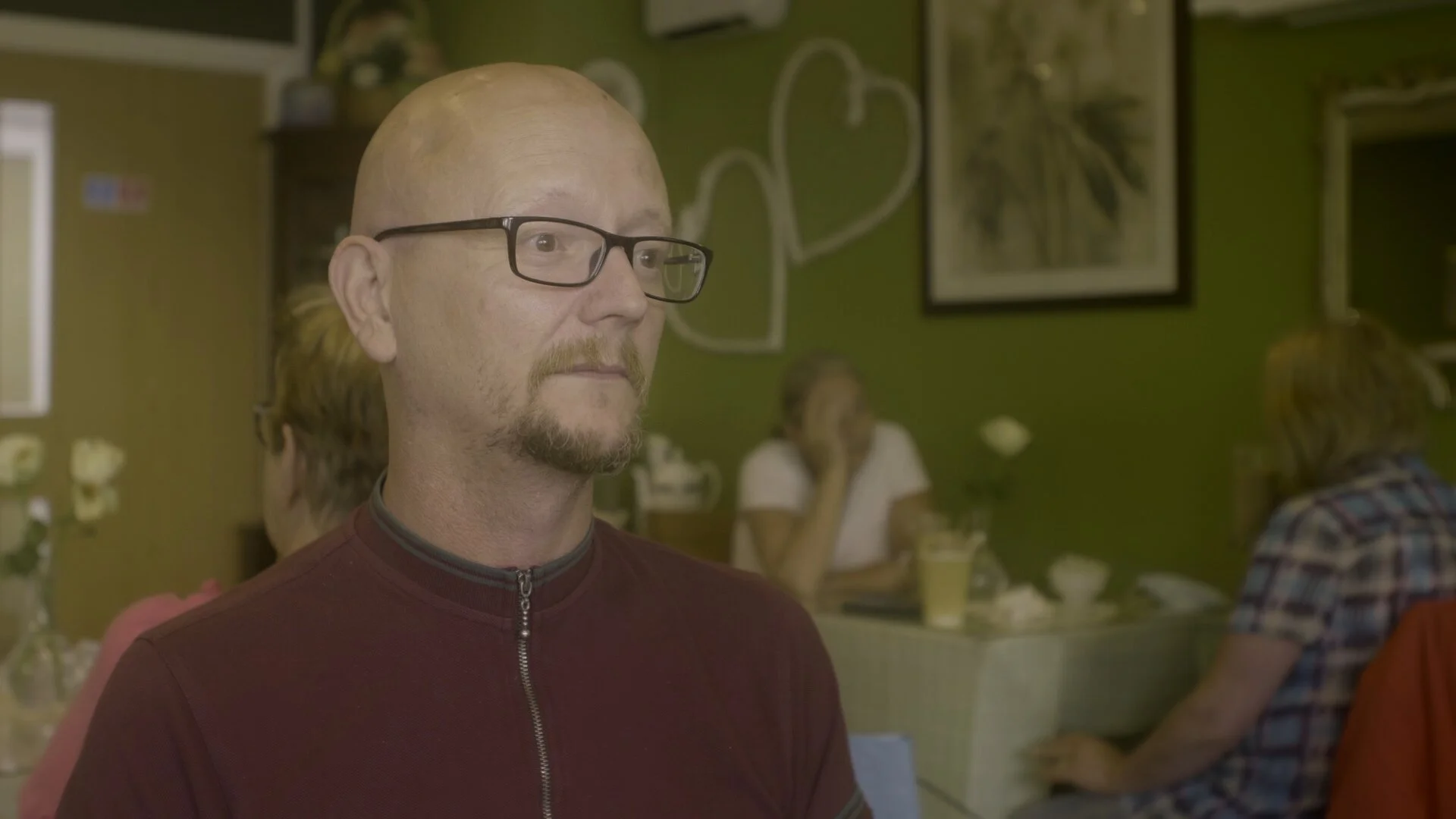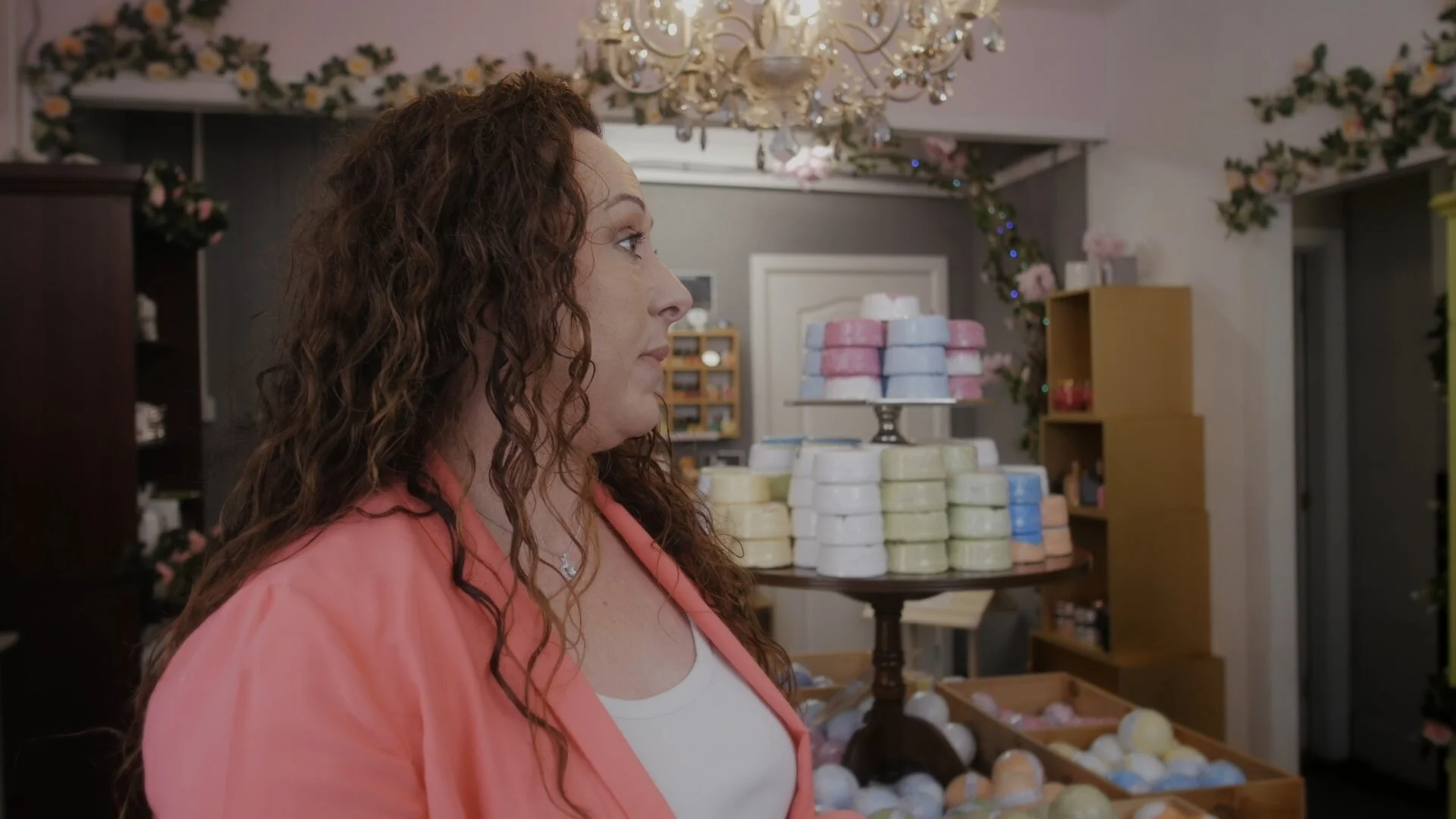Intro
So, we are going to go over some tips today. The last few weeks I have been doing some client interview shoots and during that process I felt that there where some good things that came out of it and some things that could be improved upon.
After all, if we don’t review our own performance how can we ever expect to grow.
Tip 1 – Meet with the client
You need to meet with the client and build a very good rapport to make sure they know exactly what is happening and what to expect, what the questions are going to be, genuinely really make them feel at ease with you.
There is nothing worse, doing an interview and it is feeling completely unnatural and forced, you are not going to get the best results and it really pays dived ends to go to the client at the site you are shooting and really make that work between you, don’t force a friendship, that’s not what you are trying to do.
You are really trying to engage with the customer and make it feel that when you come to the premise on the day of the shoot that it is a welcoming experience, rather than being uncomfortable.
It also gives you the added benefit of scoping the venue out, you have a much better mindset on the layout of the venue, the type of lighting that you will be able to do as apposed to what you think you can do
Tip 2 – Redundancy
Regardless of if you are a smooth talker and you have a fantastic relationship with the customer, that can quickly go south if you get home and most of your footage or audio is unusable. You need to make sure you have enough redundancy in place to make sure that the client shoot is delivered as per client’s expectations and promises you made.
For instance, if you plan to do a single camera interview, take two cameras and have them set up and recording the interview. The second camera must have a decent angle that you can use this for the entirety of the interview should something happen to camera 1.
If you can, make sure the camera’s have dual SD cards, this allows you to make back up recordings. Whilst unlikely but not improbable, should one SD card get corrupted, we still have a backup.
Cameras used in my business
Panasonic GH5 (Dual SD recording available)
Panasonic G7 (x2) - used as safety or back up cameras for GH5
For audio, have at least two or three separate systems. The first should be scratch audio from the camera, make sure it has a decent shot gun microphone to capture semi decent audio, should all else fail.
The second should be another shotgun microphone on a boom arm being plugged into a separate recorder. Some recorders can do a line out, so you can also use this to plug into a second, cheaper recorder to back that up whilst recording. It functions like a GH5 dual back up since most audio recorders only have one SD card slot.
The third should be a lavaliere microphone in a non-wireless recorder. Remember redundancy is key and we want clean audio and not worry about wireless audio and the possibility of interference.
Audio equipment used in my business
Zoom H6 Handy Recorder
Tascam DR-10L
IeGeek digital voice recorder (back ups for DR-10L)
Synco Mic D2 Shotgun Mic
Boya Video Microphone
Boya BY-M1 Lav Mic
The reason why redundancy is so important can be demonstrated for the following reason. You may have charged the customer 2K to do the interviews, they may have had 5 people that day doing those interviews.
To secure those 5 people and the people that will support those 5 people who would normally be doing their day work could be costing that client a further 5K or more. The investment the client has put in, far exceeded the 2K you charged.
We cannot mess with a client’s investment, and therefore we do not mess with redundancy as we have no view on the financial impact the client has placed during that day of shoot.
Tip 3 – Chasing the widest aperture for depth of field.
This is a mistake to make if you are relying on manual focus and your camera does not have exception auto focus that you would bet the clients investment on.
Relying on the widest aperture means the focus plane is razor thin. If the subject is off angle and we are shooting into the shadow to create more depth to the image, then we run the risk of one eye being in focus and the other will be soft.
You need to pick an aperture that allows the full face to be in focus and allow for talent movement. If you are a one-person band, then you are probably doing the interview yourself, which means you are standing / sitting off to one side, meaning both cameras are unmanned. It is imperative that the camera is set up correctly.
That’s why tip two about redundancy is key, if one camera is a little soft in the focus department, then you have a backup to save you. So do not chase the widest aperture, pick one that does a range between 8-12 inches. On the telephoto lens to achieve this I set the lens to F5.6, so it gives you that breathing room.
If the client is standing up, you need to make sure they stand in a certain place, this means coordinating a lot more with the interviewees to make sure they understand how much room and freedom they must move about.
Conclusion
As time passes we all learn more about the niche we work in, with that in mind, what tips have you learned when performing interviews that are non-lighting related.
Author – Byron Phillips – Datrysiad Media - Business Owner



